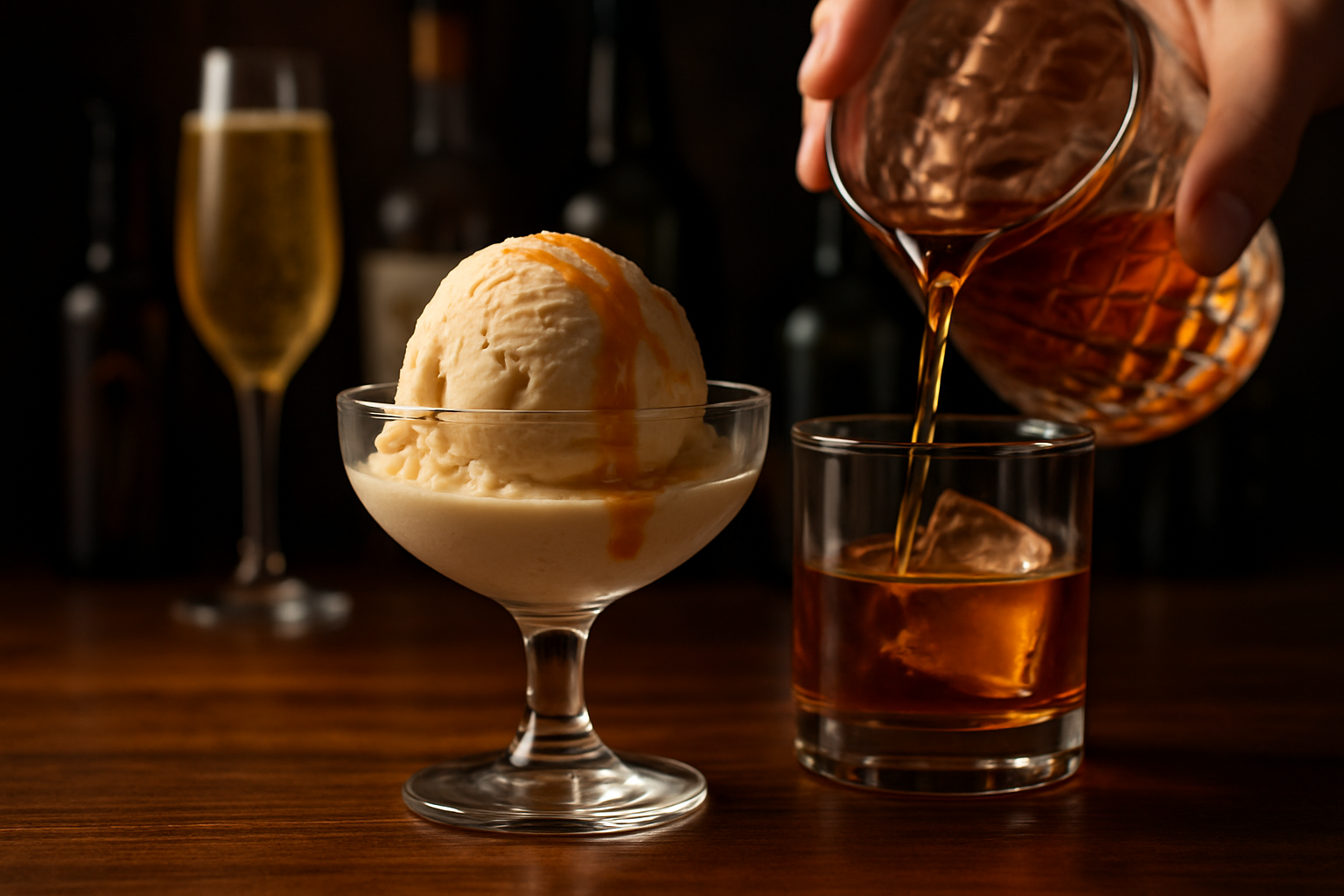Culinary Wizardry: The Art of Smoke-Infused Cocktails
Smoky, sultry, and oh-so-sophisticated, smoke-infused cocktails are taking the mixology world by storm. This cutting-edge trend elevates the drinking experience, tantalizing taste buds and captivating the senses. Join us as we dive into the mesmerizing world of smoked cocktails, exploring techniques, flavors, and the science behind this intoxicating art form.

The Science Behind Smoke Infusion
At its core, smoke infusion is a process of flavor transfer. When wood, herbs, or other combustible materials are burned, they release volatile compounds that can be captured and infused into liquids. These compounds, including phenols and carbonyls, impart distinct flavors and aromas to the cocktail. The type of wood or material used, burning temperature, and infusion time all play crucial roles in determining the final flavor profile. This delicate balance of variables allows mixologists to create a wide range of smoky notes, from subtle and sweet to bold and savory.
Techniques for Smoke Infusion
There are several methods bartenders use to infuse smoke into cocktails. The most common technique involves using a smoking gun, a handheld device that burns wood chips and directs the smoke into a container with the cocktail ingredients. Another popular method is the cloche technique, where the drink is placed under a glass dome filled with smoke, allowing it to absorb the flavors. For a more dramatic presentation, some mixologists opt for tableside smoking, where the entire process is performed in front of the customer, adding an element of theater to the experience.
Pairing Smoke with Spirits
While smoke pairs naturally with dark spirits like whiskey and mezcal, innovative mixologists are pushing boundaries by experimenting with a wider range of base spirits. Gin, for instance, can be beautifully enhanced by delicate herbal smoke, while rum takes on new dimensions when infused with fruit wood smoke. Vodka, often considered a neutral spirit, becomes a complex canvas when smoke is introduced. The key is finding the right balance between the smoke and the spirit’s inherent flavors, creating harmonious and unexpected combinations that surprise and delight the palate.
Beyond Wood: Unconventional Smoking Materials
While wood chips remain the most common smoking material, creative bartenders are exploring alternative options to impart unique flavors. Herbs like rosemary and thyme can add aromatic complexity, while teas like lapsang souchong bring their own smoky character to the mix. Some mixologists are even experimenting with unconventional materials like hay, dried flowers, and spices. These innovative choices not only expand the flavor possibilities but also allow for more sustainable and locally-sourced ingredients in cocktail creation.
Smoke-Infused Cocktail Tips & Facts
• Use a variety of wood types to create different flavor profiles
• Experiment with cold smoking for a more subtle smoke flavor
• Always prioritize safety when working with open flames and smoke
• Smoke can enhance both the aroma and mouthfeel of a cocktail
• Some popular woods for cocktail smoking include apple, cherry, and hickory
• Smoked ice cubes can add a lasting smoky flavor throughout the drinking experience
• Certain glassware, like wide-mouthed tumblers, better capture and retain smoke
In conclusion, smoke-infused cocktails represent a thrilling frontier in the world of mixology. By combining scientific principles with creative flair, bartenders are crafting drinks that push the boundaries of flavor and presentation. As this trend continues to evolve, we can expect to see even more innovative techniques and flavor combinations that will redefine our expectations of what a cocktail can be. So the next time you’re looking for a truly memorable drinking experience, seek out a smoke-infused cocktail and prepare to be amazed by the magic of mixology in action.





